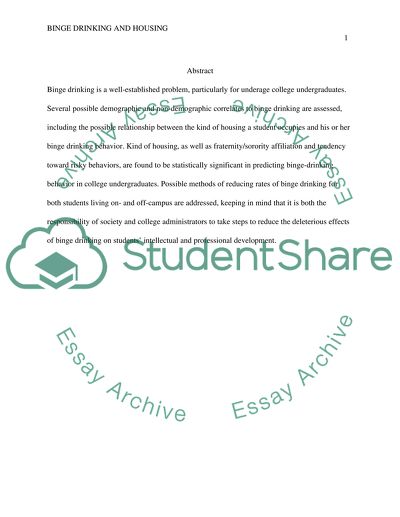Cite this document
(“The Comparisons of Binge Drinking among Underage College Students who Research Paper”, n.d.)
Retrieved from https://studentshare.org/sociology/1434653-the-comparisons-of-binge-drinking-among-underage
Retrieved from https://studentshare.org/sociology/1434653-the-comparisons-of-binge-drinking-among-underage
(The Comparisons of Binge Drinking Among Underage College Students Who Research Paper)
https://studentshare.org/sociology/1434653-the-comparisons-of-binge-drinking-among-underage.
https://studentshare.org/sociology/1434653-the-comparisons-of-binge-drinking-among-underage.
“The Comparisons of Binge Drinking Among Underage College Students Who Research Paper”, n.d. https://studentshare.org/sociology/1434653-the-comparisons-of-binge-drinking-among-underage.


